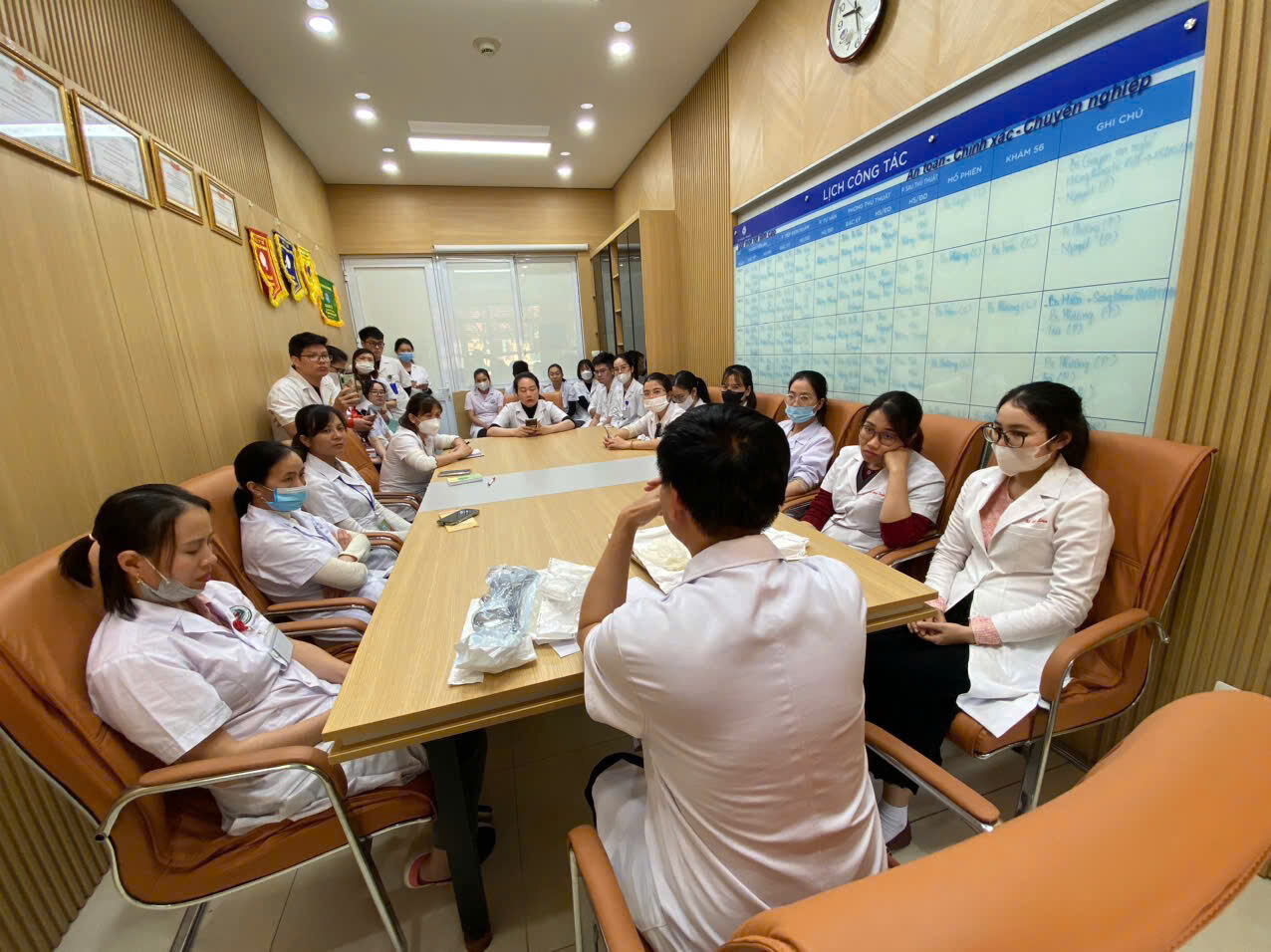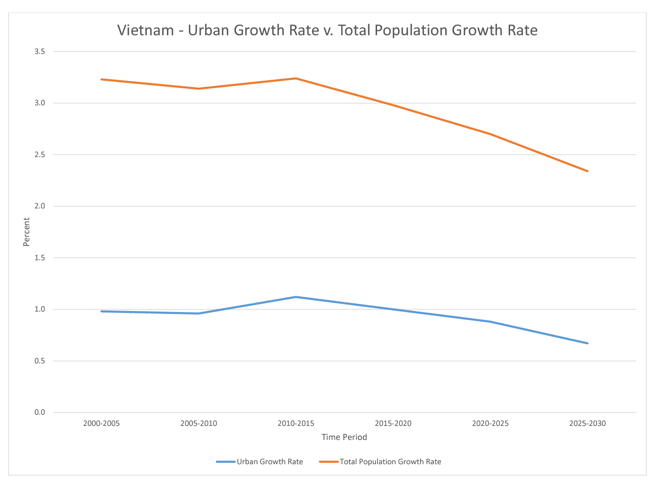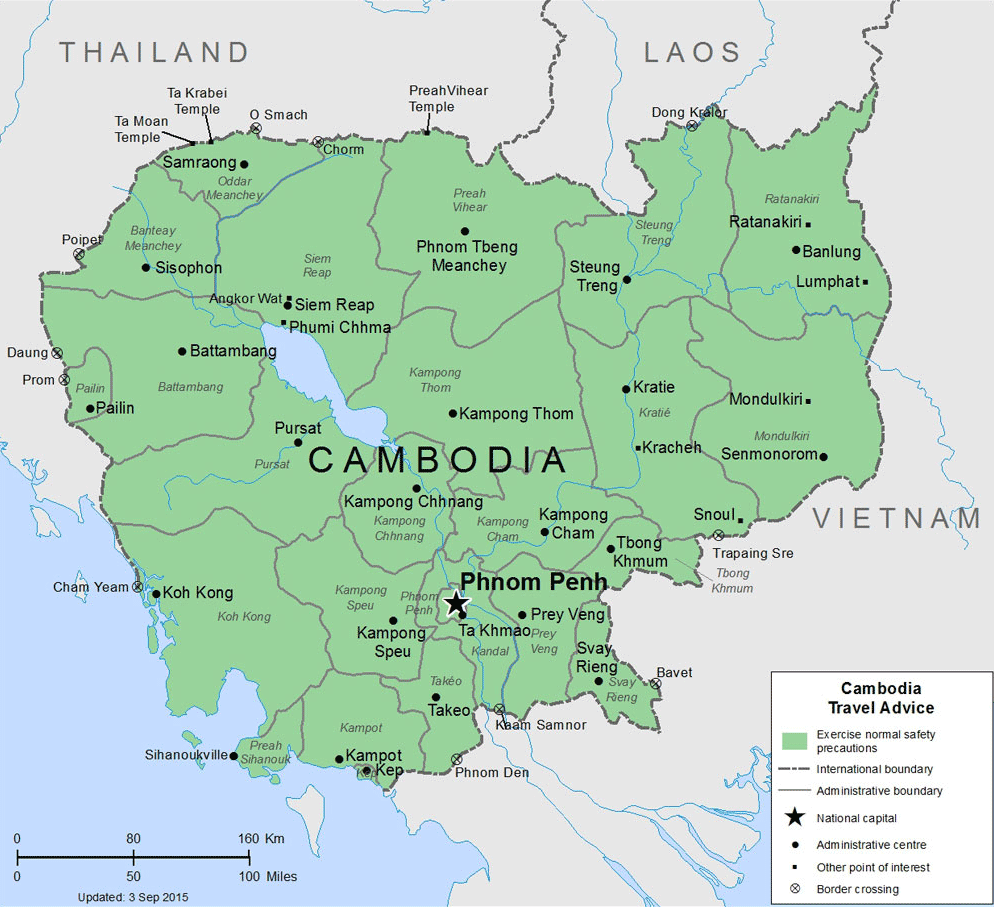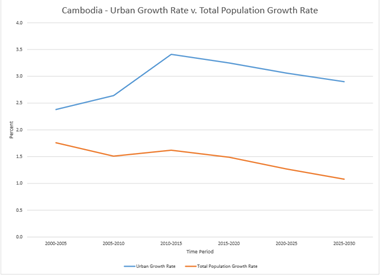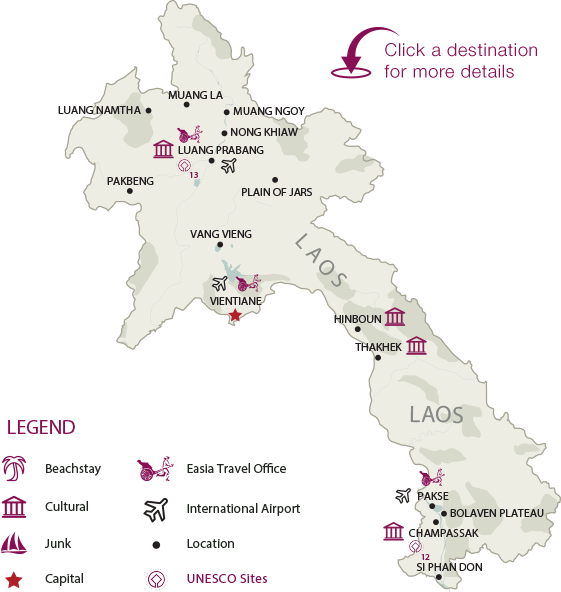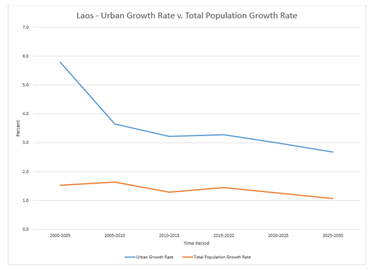The Path Toward a Demographic Dividend
With declining fertility and mortality rates, Laos is entering a phase where its working-age population is expanding while its dependent population shrinks. This demographic shift presents an opportunity for economic growth—a demographic dividend—over the coming decades. However, to fully capitalize on this potential, Laos must enhance access to quality education and ensure productive employment opportunities for its growing workforce.
Although primary school enrollment is nearly universal, dropout rates remain high, particularly in rural areas. Secondary school enrollment has improved but still lags behind, with girls facing greater educational barriers. Addressing these challenges will be crucial in unlocking Laos’ full economic and social potential.
Laos has historically been a country of emigration and internal displacement due to conflict and a weak economy. The Laos civil war (1953 – 1975) mainly caused internal displacement (numbering in the hundreds of thousands). Following the end of the Vietnam War in 1975, indigenous people in remote, war-struck areas were resettled and more than 300,000 people fled to Thailand to escape the communist regime that took power. The majority of those who sought refuge in Thailand ultimately were resettled in the US (mainly Hmong who fought with US forces), and lesser numbers went to France, Canada, and Australia.
The Laos Government carried out resettlement programs between the mid-1980s and mid-1990s to relocate ethnic minority groups from the rural northern highlands to development areas in the lowlands ostensibly to alleviate poverty, make basic services more accessible, eliminate slash-and-burn agriculture and opium production, integrate ethnic minorities, and control rebel groups (including Hmong insurgents).
For many, however, resettlement has exacerbated poverty, led to the loss of livelihoods, and increased food insecurity and mortality rates. As the resettlement programs started to wane in the second half of the 1990s, migration from the northern highlands to urban centers – chiefly the capital Vientiane – to pursue better jobs in the growing manufacturing and service sectors became the main type of relocation. Migration of villagers from the south seeking work in neighboring Thailand also increased. Thailand is the main international migration destination for Laotians because of the greater availability of jobs and higher pay than at home; nearly a million Laotian migrants were estimated to live in Thailand as of 2015.
Location: Southeastern Asia, northeast of Thailand, west of Vietnam
Area: total: 236,800 sq km, land: 230,800 sq km, water: 6,000 sq km
Land boundaries: total: 5,274 km; border countries (5): Burma 238 km; Cambodia 555 km; China 475 km; Thailand 1,845 km; Vietnam 2,161 km
Population distribution: Most densely populated area is in and around the capital city of Vientiane; large communities are primarily found along the Mekong River along the southwestern border; overall density is considered one of the lowest in Southeast Asia
Ethnic Groups: Lao 53.2%, Khmou 11%, Hmong 9.2%, Phouthay 3.4%, Tai 3.1%, Makong 2.5%, Katong 2.2%, Lue 2%, Akha 1.8%, other 11.6% (2015 est.)
Languages: Lao (official), French, English, various ethnic languages
Religion: Buddhist 64.7%, Christian 1.7%, none 31.4%, other/not stated 2.1% (2015 est.)
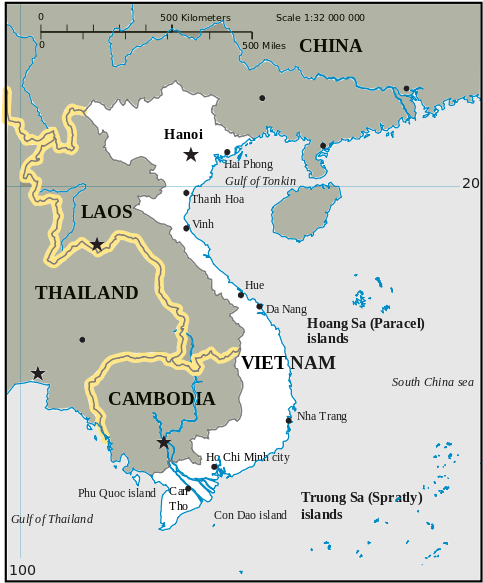


 Tiếng Việt
Tiếng Việt ພາສາລາວ
ພາສາລາວ ភាសាខ្មែរ
ភាសាខ្មែរ
